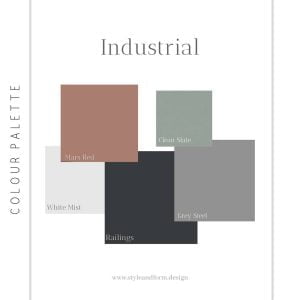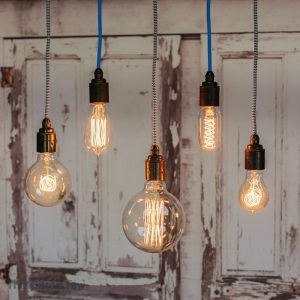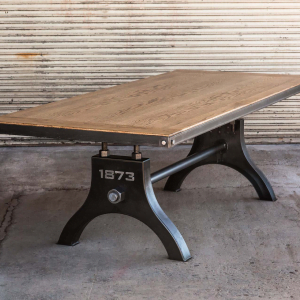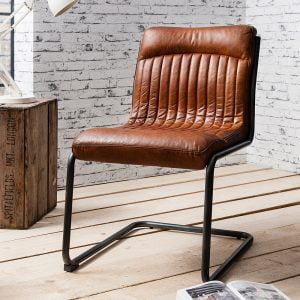Industrial style in interior design for 2022.
Drawing inspiration from repurposed factories of the Industrial Revolution, industrial interior design includes exposed architectural elements like pipes, bricks, and concrete, embodying a minimalist design philosophy. The interior design style also includes filament light bulbs, spacious flooring with a neutral, cool color palette.
While the design is based on open spaces, minimalism, the mix of various rustic materials in furniture, and accent lighting allow homeowners the opportunity to bring industrial interior design into any living space. Especially, contemporary homes utilize a combination of industrial, mid-century modern, and farmhouse styles to create a cozy blend in living rooms, dining rooms, or throughout the entire house.
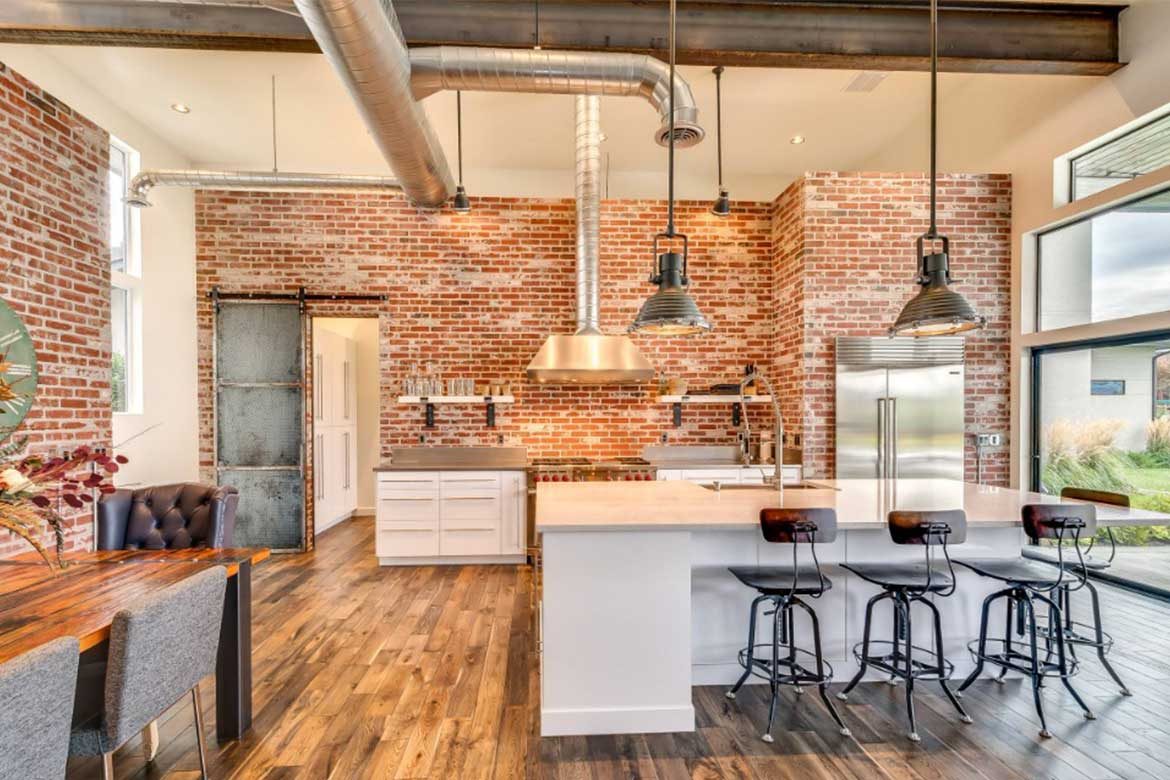
Industrial design style.
The emergence of industrial style.
Although modern in itself, the industrial style originated from the Industrial Revolution.
- The First Industrial Revolution: In the 1760s, the Industrial Revolution marked the beginning of mass production in urban areas in Europe and the United States. Factories were the initial phase of industrial architecture, featuring large grid-patterned windows for fresh air and natural light, mezzanine floors, open layouts, and exposed brick walls. Many of these elements were for safety reasons. For example, plaster covering traditional brick walls posed a fire hazard, leading to the exposed brick style.
- The Second Industrial Revolution: In the 1870s, the Second Industrial Revolution led to larger factories as businesses consolidated operations under one roof. These architectural structures demanded more robust construction materials, such as concrete and steel, which are still left exposed. The first filament light bulb, a key feature of industrial lighting, was invented in 1879. This period also inspired the steampunk style.
- The Housing Shortage in the 2000s: While old factories had existed for nearly 250 years, the industrial style began to emerge in the 2000s when New York and other urban areas were grappling with a housing shortage. The factories were converted into industrial loft apartments with open floor plans. The fundamental structural elements of the factories, including exposed materials and large windows, became selling points.
- The resurgence of minimalism and hygge.Recently, the resurgence of minimalism has led to the popularity of industrial interior design, as rustic elements and contemporary innovation align with the clean lines of modern and minimalist design. It has even transitioned beyond urban styles and moved into large suburban homes with open designs, large windows, and neutral color palettes. This style is also popular in Scandinavian design, where neutral color palettes, leather, and the use of reclaimed wood and other raw materials harmonize with hygge, a warmer and minimalist style.

7 Key Characteristics of Industrial Style
Although the features of industrial design include sleek and minimalistic elements, here are seven distinct characteristics that define the style and can inspire furniture arrangement ideas for you:
- Neutral color palette: Industrial spaces don’t just rely on white like other minimalist designs. It utilizes a spectrum of colors including white, gray, black, as well as neutral tones of brown.
- Embracing natural light: Industrial design often features large windows with black grids, sometimes in a grid pattern.
- Showcasing architectural materials: Industrial style often has open floor plans and high ceilings. Instead of using drywall or wallpaper, buildings feature exposed brick, concrete floors, industrial pipes, and visible ductwork.
- Alternative materials: Wooden coffee table with wheels, bookshelf made from reclaimed materials, and recycled dining table are key elements of industrial style and an excellent way to incorporate natural elements into heavy metal materials.
- Ceiling lights: Hanging pendant lights individually or in a decorative group like a chandelier are common elements of industrial home decor. If you prefer something less ceiling-centric, large metal arches, chain-hung pendant lights, or floor lamps for visible bulbs are also popular industrial design ideas.
- Graphic lines: Whether it’s window frames or iron wheels on barstools, this style favors clear graphic lines, especially created with black metal, rather than intricate curves and swirls. This is not to be confused with the high-styled and artistic graphic interface, emphasizing bold colors and metals.
- Create warmth with natural weaves: Fabrics like canvas or linen work well in these environments for both furniture and accents, providing a lively and cozy feel.

